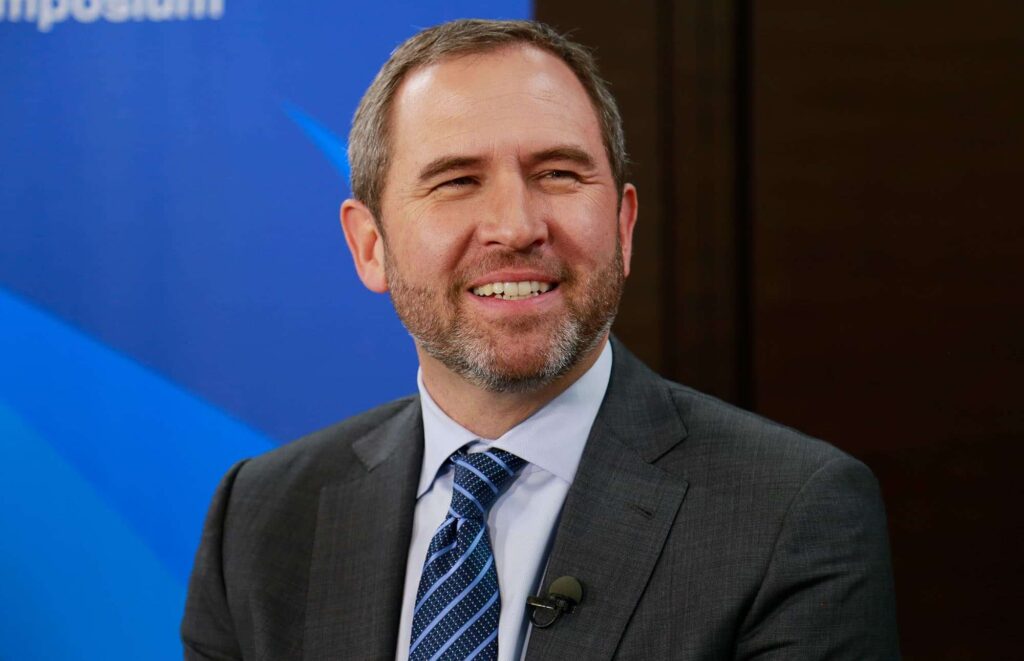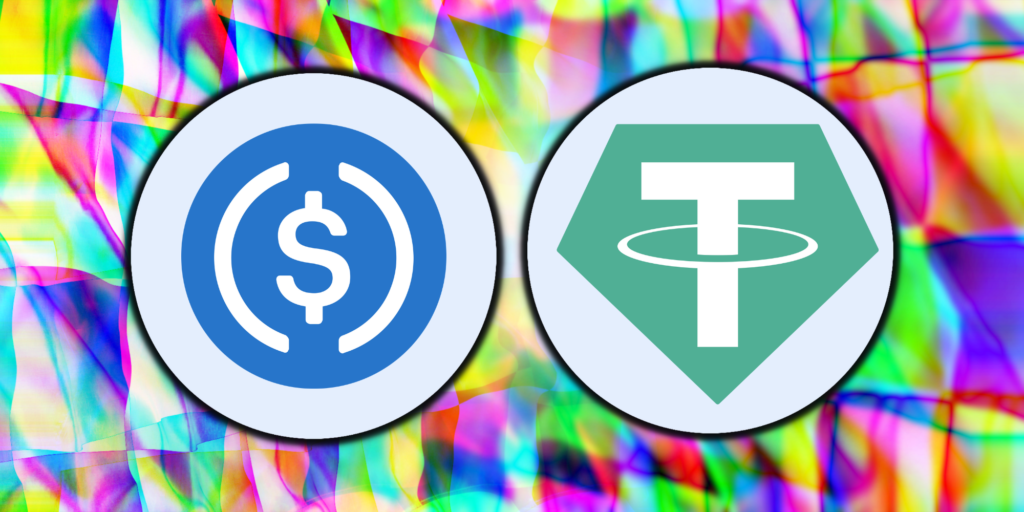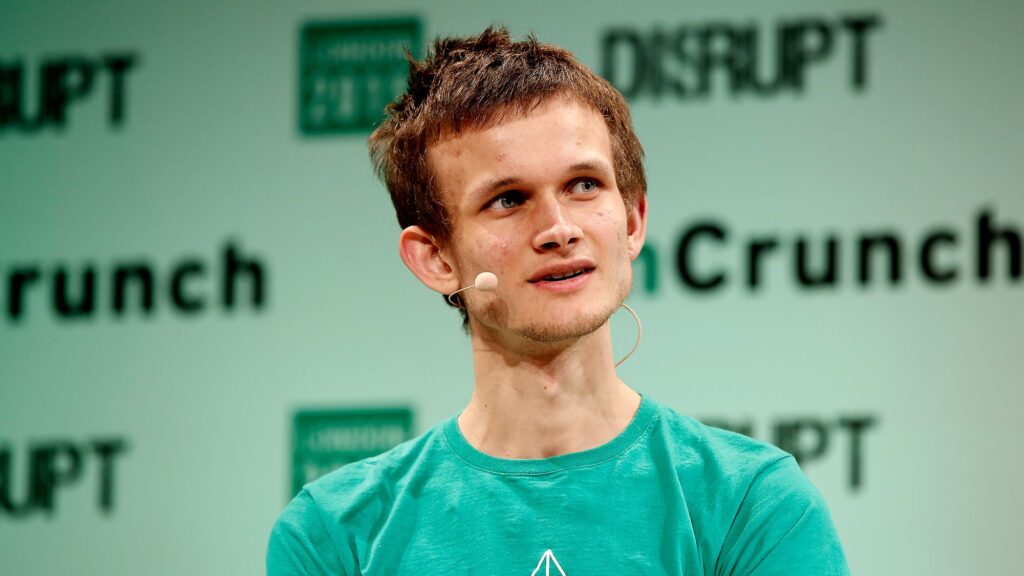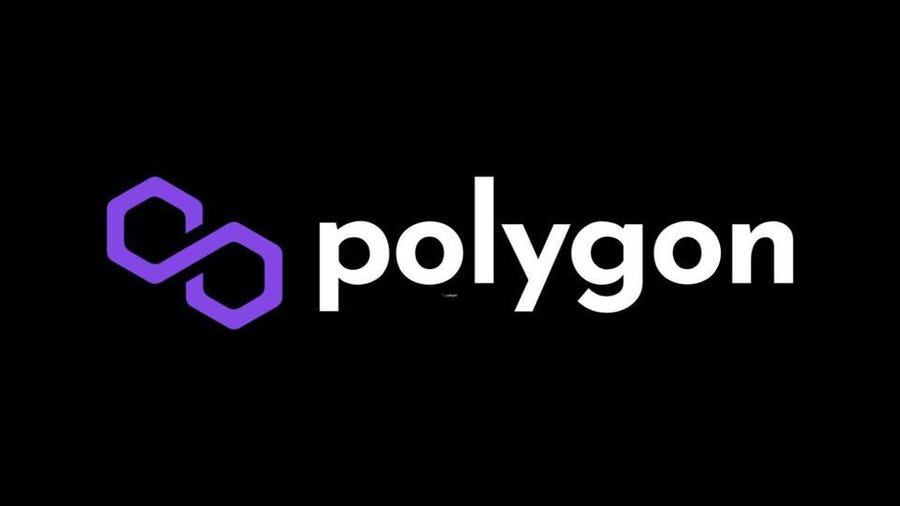The highly anticipated layer 2 blockchain Shibarium is set to launch following a conference in Toronto scheduled for August, according to a blog post by developer Shytoshi Kusama on Thursday.
Layer 2 technology involves a collection of off-chain systems, or separate blockchains, built on top of layer 1 protocols.
These systems help address scalability issues by bundling multiple off-chain transactions into a single layer 1 transaction, reducing data load and fees.
READ MORE: Source: Logan Paul Has Changed His Mind About Refunding CryptoZoo Investors
Kusama stated that during the conference, the completed Worldpaper, all Shib-branded projects, and Treat would be showcased in detail for the first time.
Additionally, the long-awaited L2 Shibarium is expected to be discussed and released.
Moreover, the developer team will introduce DoggyDAO, a decentralized autonomous organization (DAO) operated and governed by token holders.
DoggyDAO will serve as a funding source for projects built on the Shibarium network.
Shibarium’s testnet, a blockchain used for testing purposes, has witnessed significant activity in recent months, with an estimated 20 million transactions from approximately 16 million wallets as of June.
This high level of activity on the testnet reflects the growing demand for the network.
Developers have previously emphasized Shibarium’s focus on metaverse and gaming applications, particularly as the non-fungible token (NFT) sector is expected to experience substantial growth in the coming years.
The launch of Shibarium could provide a strong foundation for shiba inu (SHIB), a meme coin initially inspired by the Shiba Inu breed of dog that has since sought to establish itself as a serious project with its own blockchain network and decentralized app (dapp) ecosystem.
Meanwhile, movements in Shiba Inu ecosystem tokens have been mixed over the past 24 hours.
According to CoinGecko data, bone (BONE) experienced a surge of up to 4.5%, while leash (LEASH) rose by 2%. However, SHIB tokens declined by 5%, aligning with a broader drop in major tokens.
As the launch of Shibarium draws near, the cryptocurrency community eagerly awaits the realization of its promised capabilities and the potential impact it may have on the market.
Ripple Labs, a prominent digital payments and blockchain technology company, has unveiled an ambitious initiative aimed at revolutionizing the real estate industry through tokenization.
Antony Welfare, Ripple’s central bank digital currency (CBDC) adviser, recently highlighted the increasing global interest in CBDCs and stablecoins, emphasizing that Ripple’s team is actively exploring practical applications for these technologies, with a particular focus on tokenizing real estate assets.
During a fintech conference in Romania, Welfare presented a compelling use case that combines the digital Hong Kong dollar (e-HKD), tokenized real estate, and finance lending protocols.
READ MORE: Investors Chase Second Coming of Popular Coins, Such As Pepe 2.0 and Floki 2.0
This innovative pilot program seeks to empower users to tokenize their real estate assets and utilize them as collateral for loans, leveraging Ripple’s CBDC platform.
Ripple’s foray into real estate asset tokenization, utilizing blockchain and digital currencies, is driven by a desire to address existing challenges in the real estate sector.
By overcoming these obstacles, successful tokenization initiatives can yield significant benefits, including enhanced liquidity, expanded market reach, and streamlined transactions.
Tokenization has captured substantial interest across various industries due to its transformative potential.
This groundbreaking approach involves converting tangible assets such as real estate, artwork, and intellectual property into digital tokens securely stored on the blockchain.
These tokens represent ownership or stakes in the underlying assets, enabling their buying, selling, and trading on decentralized platforms.
Tokenization’s allure lies in its ability to revolutionize traditional asset ownership and investment models.
Leveraging blockchain technology, tokenization offers amplified liquidity, accessibility, efficiency, transparency, and security.
As more industries and investors recognize the advantages and potential of tokenization, it is poised to gain further momentum as a prominent trend in financial and asset management circles.
However, the widespread adoption and implementation of tokenization may encounter regulatory hurdles that necessitate compliance with local laws.
Alongside regulatory considerations, the industry must also address security concerns surrounding tokenized assets as it continues to evolve.
Ripple Labs’ ambitious initiative to transform the real estate industry through tokenization demonstrates the company’s commitment to exploring new frontiers in digital payments and blockchain technology. By leveraging the power of CBDCs and stablecoins,
Ripple aims to drive innovation and foster a more efficient and accessible real estate market for the benefit of individuals and businesses alike.
Stablecoin issuers Circle and Tether have taken action to freeze assets totaling more than $65 million in connection with a suspected exploit of the cross-chain router protocol Multichain.
The decision came after a series of large outflows from the Multichain MPC bridge on July 6 left many questions unanswered.
0xScope, a knowledge graph protocol, has identified three addresses that received at least $63.2 million worth of USD Coin (USDC) from Multichain, and these addresses have now been frozen.
Additionally, the Fantom Foundation reported that more than $2.5 million in Tether (USDT) has been frozen from two addresses listed as “Multichain Suspicious Addresses” on Etherscan.
READ MORE: Investors Chase Second Coming of Popular Coins, Such As Pepe 2.0 and Floki 2.0
On July 6, a total of over $125 million worth of cryptocurrencies was withdrawn from multiple wallets, affecting the ecosystems of Multichain’s Fantom bridge, Dogechain, Moonriver, Kava, and Conflux.
The reason behind this abnormal transfer of assets remains unclear.
Multichain took to Twitter to announce the suspension of its services, without specifying when they will be reinstated.
The company urged users not to utilize the Multichain bridging service, cautioning that all bridge transactions would be stuck on the source chains.
According to Fantom protocol CEO Michael Kong, the fund transfer does not appear to be a typical hack, as the assets sent to the alleged attacker’s wallets have not been moved elsewhere. Investigations into the incident are ongoing.
Multichain is a platform that enables the transfer of tokens between different networks.
However, it has encountered technical and operational difficulties since its leadership vanished a few weeks ago.
Such bridge protocols like Multichain are highly susceptible to attacks by crypto hackers, with numerous incidents reported in 2022.
A recent report from blockchain security firm SlowMist disclosed that since 2012, more than $30 billion in crypto assets has been hacked in hundreds of incidents.
The most common types of hacks include smart contract vulnerabilities, rug pulls, flash loan attacks, scams, and private key leaks.
Out of the total incidents, there were 118 exchange hacks, 217 hacks in the Ethereum ecosystem, 162 hacks in the BNB Smart Chain ecosystem, 119 hacks in the EOS ecosystem, and 85 hacks involving nonfungible tokens.
Over the past decade, crypto exchange hacks alone have resulted in losses exceeding $10 billion.
Bitcoin’s recent price drop to $30,098 has sparked discussions about the future of the cryptocurrency and the direction of its development.
Vitalik Buterin, co-founder of Ethereum, believes that the rise of projects like Ordinals signals the resurgence of a builder culture in the Bitcoin network.
In a Twitter Space conversation with Bitcoin proponents Eric Wall and Udi Wertheimer, Buterin praised Ordinals and its BRC-20 token standard as a rejection of the stagnant politics within the Bitcoin ecosystem.
READ MORE: Crypto Exchange Launches Public Testnet for v4, Paving the Way for Full Decentralization
According to Buterin, Ordinals are reintroducing a culture of action and pushing back against the laser-eye movement, which he views as positive progress.
The main focus of the two-hour-long conversation revolved around scalability.
Wall expressed concerns about Bitcoin’s Lightning Network, stating that it struggles to scale for future users and frequently fails when processing medium-sized payments.
Buterin proposed that a solution would be to implement various layer-2 solutions and find ways to enhance the efficiency of the Bitcoin base layer.
He emphasized the importance of rollups and ZK-snark-based scaling solutions.
Wertheimer added that zero-knowledge rollups could potentially enable smart contracts on Bitcoin, creating a new execution environment.
However, proponents of the Ordinals project, such as Wall and Wertheimer, face criticism from traditional Bitcoin advocates.
Some argue that introducing NFTs and smart contracts on Bitcoin dilutes its primary function as a peer-to-peer cash network.
Samson Mow, CEO of Jan3, believes that Ordinals waste valuable block space that should be allocated to Bitcoin payments.
Wall responded to these criticisms by suggesting that Bitcoin could serve as a proof system for zero-knowledge proofs, avoiding network congestion.
He expressed the desire to utilize the Bitcoin base layer as a judge or arbiter of computations, rather than running them on-chain.
Wall urged the community to consider second layers as a means of achieving expressive capabilities, not just facilitating payments.
The discussion sparked controversy within the Bitcoin community, with Wertheimer criticizing Samson Mow and Adam Beck, CEO of Blockstream, for dismissing the conversation with Buterin.
The clash of opinions highlights the ongoing debate about the future of Bitcoin’s development and the potential for increased functionality within its network.
As Bitcoin enters this new era of development, it remains to be seen how the community will navigate these conflicting perspectives and shape the future of the world’s largest cryptocurrency.
In a recent development, an unknown entity has executed a significant Bitcoin transfer, worth over $160 million, from a wallet connected to the Luna Foundation Guard (LFG).
This organization is associated with Terraform Labs and its co-founder, Do Kwon.
On July 3, the unidentified party moved 5,292 Bitcoin (BTC), equivalent to approximately $30,719 per coin, from an LFG address to a wallet that does not appear to be linked to Terra.
At the time of this report, the total value of the transferred cryptocurrency amounted to roughly $161 million.
This transfer is part of a series of movements of crypto assets from LFG-controlled wallets, which have been occurring since the collapse of Terra in May 2022.
Analysis of blockchain data reveals that the reported LFG wallet held about 6,983 BTC in October 2022, with several transactions dispersing funds to different addresses over the past nine months.
READ MORE: Hong Kong Threatening US As It Emerges As Preferred Web3 Destination
As of now, the wallet contains a balance of 0.152427 BTC, valued at approximately $4,649.
While South Korean news outlets have claimed that the sender’s wallet address is associated with LFG, this assertion has not been independently verified by Cointelegraph.
It is important to note that the Luna Foundation Guard was established to mitigate the volatility of LUNA tokens by supporting the project with TerraUSD.
Unfortunately, this approach ultimately proved unsuccessful.
The exact amount of digital assets moved by Kwon or other individuals associated with Terra during its collapse remains unclear.
In February, the United States Securities and Exchange Commission reported that Kwon and Terra were involved in laundering over $100 million worth of BTC.
Additionally, South Korean prosecutors identified more than $314 million in crypto assets connected to Kwon and his associates, some of which were subsequently frozen.
After evading authorities for several months following Terra’s collapse, Kwon was arrested in Montenegro in March for allegedly using counterfeit travel documents.
In June, he and former Terra chief financial officer Han Chong-joon were sentenced to four months in prison.
This recent Bitcoin transfer from an LFG-controlled wallet further adds to the complexity and ongoing investigations surrounding Terra and its affiliated entities.
The implications of these movements and the future of the individuals involved remain uncertain as legal proceedings continue.
According to Blockstream CEO Adam Back, the Bitcoin ecosystem has been hindered by the prevalence of initial coin offerings (ICOs) and the subsequent focus of venture capitalists (VCs) on non-Bitcoin investments.
In a conversation with Cointelegraph’s Joseph Hall at the Lugano Plan B Summer School in Switzerland, Back highlighted the disparity between the lack of VC investment in Bitcoin and its dominant position in the overall cryptocurrency market.
Back referred to a market research report by Trammell Venture Partners, which revealed that VC flows into the ICO frenzy surged after the launch of Ethereum and smart contracts.
However, this trend has declined in recent years as investors sought early liquidity by purchasing discounted tokens and selling them to retail investors before the products were even available.
Back argued that although ICOs generated profits for investors, they often failed to deliver usable products due to misaligned incentives.
READ MORE: US Crypto Hub Still Thriving Despite Regulatory Challenges, Says Blockchain CEO
The Trammell Ventures report indicated that 97% of VC investments in recent years went into “crypto” rather than Bitcoin.
Back emphasized that ICOs, altcoins, and discounted tokens attracted significant investor attention, which was surprising considering the actual real-world utility and adoption of Bitcoin.
He noted that exchange volume primarily consisted of Bitcoin, while the majority of VC spending went to “crypto” ICOs, highlighting the misallocation of resources.
Back pointed out that the underfunding of the Bitcoin space by these types of investors hindered innovation and the creation of valuable products.
However, he also mentioned a positive trend: investment in Bitcoin-related startups, especially at the early stage, had doubled in the last year, indicating renewed interest.
In addition to the discussion on VC funding, it was revealed that Twitter co-founder Jack Dorsey donated $5 million to Brink, a nonprofit organization that supports Bitcoin developers.
Back’s company, Blockstream, and Lightning Labs were recognized as significant contributors to the ongoing development of the Bitcoin protocol, with each employing eight developers dedicated to maintaining the leading cryptocurrency.
Overall, the impact of ICOs on the Bitcoin ecosystem has been significant, with VCs showing a preference for non-Bitcoin investments.
However, recent trends suggest a shift in funding behavior, with renewed interest in Bitcoin-related startups and increased support for Bitcoin developers.
This development bodes well for the continued innovation and advancement of the Bitcoin ecosystem.
The co-founders of Three Arrows Capital (3AC), a crypto hedge fund that collapsed in 2022, have pledged to donate a portion of their earnings from their latest crypto venture to the creditors who suffered losses in the fund’s collapse.
Kyle Davies, one of the co-founders, made this announcement during a Twitter Space session on July 3.
Davies believes that donating the potential earnings from their new venture, Open Exchange (OPNX), would be a gesture of good karma towards the creditors of 3AC.
Davies described this proposed payback scheme as a “shadow recovery process” that operates independently of the official liquidation process currently being handled by Teneo, a global consulting firm.
He claims that this process is the first of its kind and would allow him and his partner to donate funds to 3AC’s creditors, but only if they were early supporters of OPNX.
Davies stated that there are already several creditors who have been fully compensated and emphasized that those who prefer not to engage with them are free to make that choice.
Davies further explained that their belief is that by doing good and providing an opportunity for creditors to recover their losses, they are creating positive karma.
He dismissed concerns about launching a new venture while their hedge fund is still undergoing liquidation, asserting that creditors stand to benefit from the new company.
However, the launch of OPNX has not been without controversy.
Davies and his partner have faced criticism from the crypto community for embarking on a new venture while seemingly evading responsibility for the collapse of their hedge fund.
Three Arrows Capital filed for Chapter 15 bankruptcy protection on July 1, 2022, and court documents revealed that the fund owes over $2.8 billion to more than 20 firms.
The whereabouts of Davies and his partner remain unknown, and liquidators have resorted to serving them subpoenas through Twitter due to difficulties in locating them.
A recent report by The New York Times suggests that Davies and his partner have been spending much of their time surfing in Bali.
Most recently, on June 27, liquidators announced their intent to recover $1.3 billion in lost funds from the co-founders of 3AC.
The unfolding situation continues to attract attention as stakeholders await further developments in the liquidation process and the outcome of the proposed donation scheme.
Other Stories:
Binance’s Reversal on Delisting Privacy Coins Marks a Major Win for Privacy Advocates
Bank of America’s Crypto Research Division Publishes Tokenization Report
Gemini’s Founder and CEO, Cameron Winklevoss, is once again threatening legal action against Digital Currency Group (DCG) and its CEO, Barry Silbert, over delays in resolving the issue of funds owed to Gemini by bankrupt lender Genesis.
In an open letter to Silbert on July 4, Winklevoss accused DCG of engaging in fraudulent behavior, creating a culture of lies and deceit that has negatively impacted Gemini’s 232,000 Earn users.
One of the key accusations in Winklevoss’ letter is that Silbert intentionally delayed the resolution by abusing the mediation process.
Winklevoss claims that through mediation, DCG has obtained an indefinite forbearance on the $630 million it owes Genesis, essentially for free.
Winklevoss expressed his dismay at Silbert’s attempt to portray himself as a victim in this situation, stating that it takes a special kind of person to owe billions of dollars and still consider themselves a victim.
Genesis, the lender behind Gemini’s Earn program, temporarily suspended withdrawals on November 16, 2022, citing unprecedented market turmoil.
Subsequently, Genesis filed for bankruptcy on January 19, 2023, leaving Gemini seeking to recover its portion of the outstanding debt.
However, Winklevoss claims that there have been multiple delays in resolving the matter, leading him to take a decisive stance. He warned Silbert that his games are over and demanded acceptance of Gemini’s best and final offer by 4 pm Eastern Time on July 6.
Failure to comply would result in a lawsuit on July 7.
Gemini’s offer to DCG includes a payment of $275 million by July 21, an additional $355 million before July 21, 2025, and a final payment of $835 million by July 21, 2028.
The total payment amounts to $1.47 billion. Winklevoss specifically requested that the payments be made in the form of Bitcoin (BTC), Ether (ETH), and the United States dollar.
The funds would be sourced from various entities, including Genesis Global Trading, potential payouts from FTX and Alameda Research’s bankruptcy estates, and tokens such as Avalanche (AVAX) and Near (NEAR) that may be claimed from the Three Arrows Capital’s bankruptcy estate.
Cointelegraph reached out to DCG for comment, but there was no immediate response.
Other Stories:
Binance’s Reversal on Delisting Privacy Coins Marks a Major Win for Privacy Advocates
Bittrex Copies Coinbase As It Challenges SEC’s Authority in Legal Dispute
Polygon Labs has unveiled its proposed architecture for the upcoming “Polygon 2.0” project.
The team has outlined four distinct layers that will interconnect to establish a web of networks, all ultimately linked through Ethereum.
If approved by validators, Polygon 2.0 will introduce an aggregator that facilitates near-instant and atomic bridge transactions.
Initially announced on June 12, Polygon 2.0 aims to establish the value layer of the internet; however, specific details were scarce at that time.
Co-founder Mihailo Bjelic later suggested on June 20 that upgrading the current Polygon network to incorporate zero-knowledge proofs would be crucial for aligning the existing network with the vision of 2.0.
In a blog post on June 30, Polygon Labs provided a more comprehensive overview of Polygon 2.0. The project’s foundation will consist of the staking layer that already exists.
This layer comprises a validator manager contract on Ethereum, along with a chain manager contract for each individual Polygon chain. New Polygon chains will be able to form in the future by launching new chain manager contracts on Ethereum.
The staking layer will connect to an interoperability layer, which will incorporate bridges linking each Polygon chain to one another through Ethereum.
The security of this layer will be ensured through the use of zero-knowledge proofs for validating all transfers.
Additionally, the interoperability layer will incorporate an aggregator that combines individual zero-knowledge proofs from each bridge into a single proof before transmitting it to Ethereum. This mechanism will enable seamless bridge transactions and significantly reduce Ethereum gas consumption required for proof verification.
The third layer of Polygon 2.0 will be the existing execution layer, which relies on the Erigon Ethereum client.
The fourth layer, known as the proving layer, will standardize the zero-knowledge proof process across all Polygon chains.
The team has promised to provide further details about each layer in the future.
Polygon is not the only network aiming to expand into a multichain ecosystem.
zkSync Era has announced plans to create a network of “Hyperchains” and aims to launch them on a testnet by year-end.
Optimism, in collaboration with Coinbase’s Base network, is also working on creating a “Superchain” and has recently implemented the “Bedrock” upgrade to facilitate this transformation.
Other Stories:
ASX Considers Listing Tokenized Real-World Assets
UK To Pass Law To Bring Cryptocurrencies Under Traditional Asset Regulations
The CEO of LayerZero, Bryan Pellegrino, expressed optimism about the future of the crypto industry, stating that the present situation is not as dire as it was in 2015.
Speaking at the Collision conference in Toronto, Pellegrino emphasized the significant growth of LayerZero’s cross-chain interoperability protocol.
He revealed that the protocol’s usage has surged from 10,000 messages per day six months ago to an impressive 650,000 messages per day currently.
While decentralized finance (DeFi) has historically accounted for around 70% of LayerZero’s overall volume, Pellegrino highlighted the increasing interest from the gaming and non-fungible token (NFT) sectors, which now constitute 80% of their inbound activity.
Pellegrino predicted that the next 36 months will witness substantial changes in LayerZero and the industry as a whole.
He noted the multitude of groundbreaking projects being developed and the involvement of important external entities.
Pellegrino emphasized the growing market share of LayerZero alongside its rising usage. He referred to LayerZero as the critical infrastructure that will underpin virtually everything reliant on blockchain technology.
In the emerging multichain environment, Pellegrino argued that even staunch advocates of specific blockchain ecosystems, such as Anatoly Yakovenko of Solana and Vitalik Buterin of Ethereum, recognize the need for interoperability and the coexistence of multiple chains.
In April, LayerZero completed a Series B funding round, securing $120 million in investments. Notable participants included Sequoia Capital, Andreessen Horowitz, BOND, Circle Ventures, Christie’s, OpenSea Ventures, and Samsung Next.
This funding round boosted LayerZero’s valuation to $3 billion. The company has ambitious plans for expansion, including venturing into the Asia-Pacific region.
Furthermore, Pellegrino highlighted a recent integration of LayerZero’s messaging protocol by zkLinkorg to facilitate omnichain trade settlement.
This integration demonstrates the composability of LayerZero, enabling omnichain applications (Oapps) to enhance their own application security by utilizing the protocol.
Overall, Pellegrino’s positive outlook, supported by the impressive growth of LayerZero’s protocol and the increasing involvement of key industry players, signals a promising future for the crypto industry.
As LayerZero continues to evolve and expand its market share, it solidifies its position as a crucial component of the blockchain ecosystem in an era of growing multichain adoption.
Other Stories:
Bankrupt Crypto Exchange FTX Takes Steps Towards Relaunching as a New Entity
SEC Commissioner Pushing For ‘Reserved’ Approach to Cryptocurrency Regulation
US Federal Reserve Stress Tests: Largest Banks Pass Severe Recession Scenario












